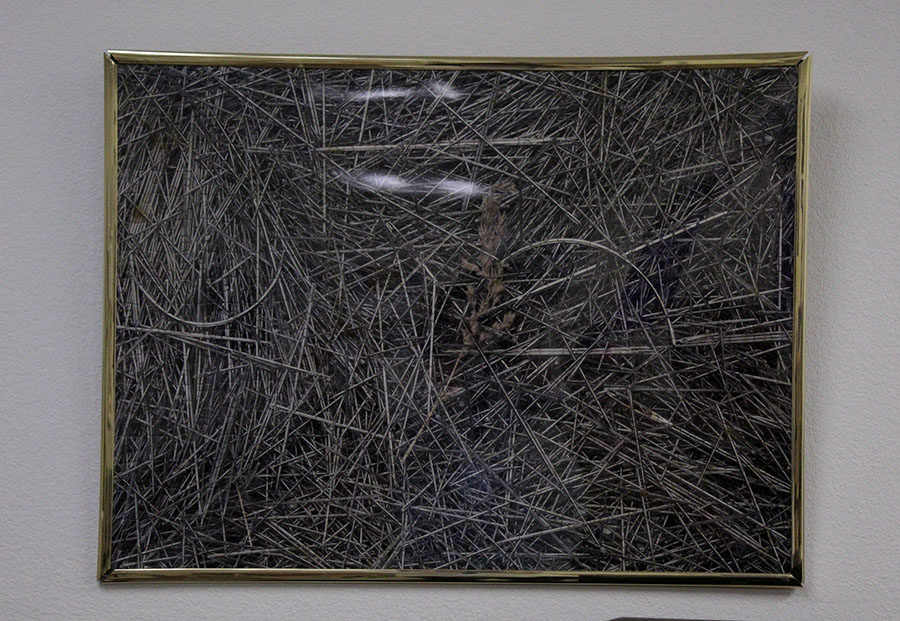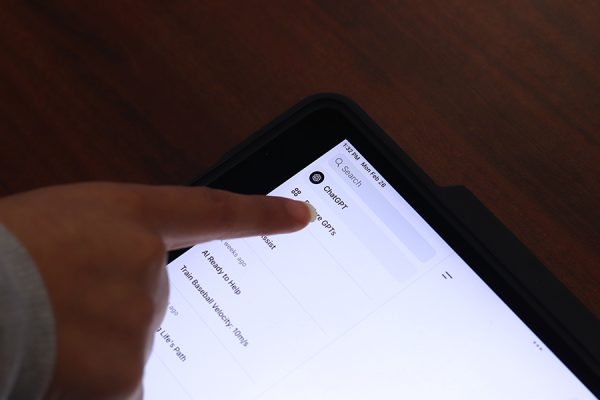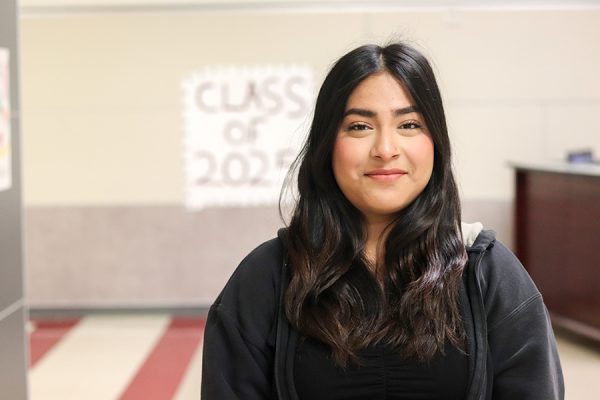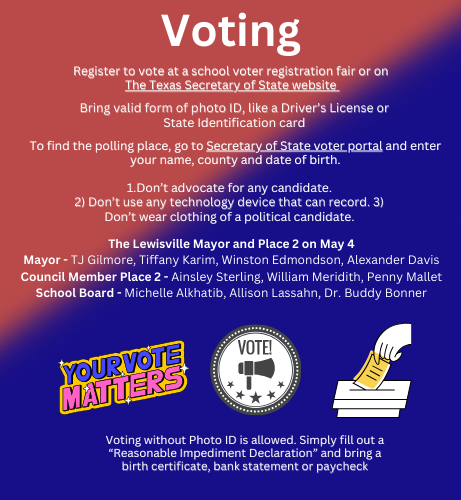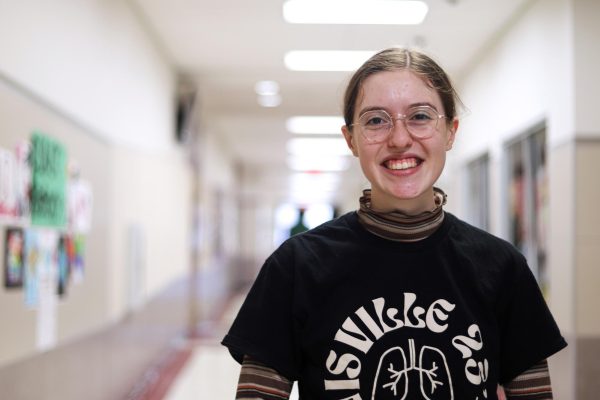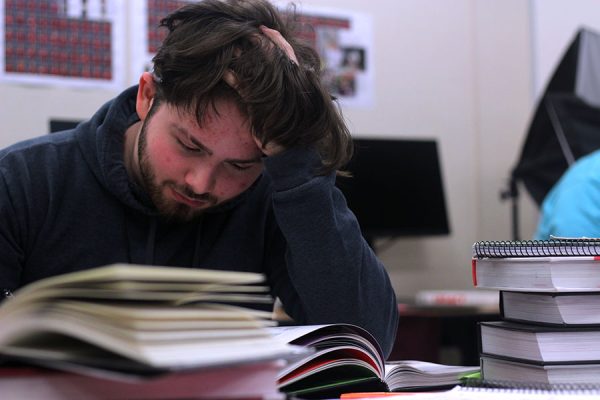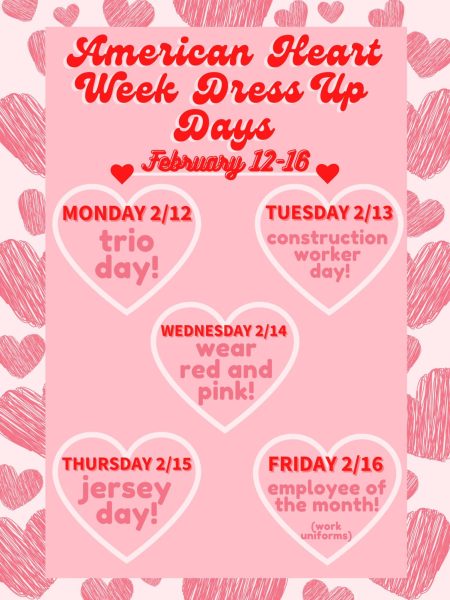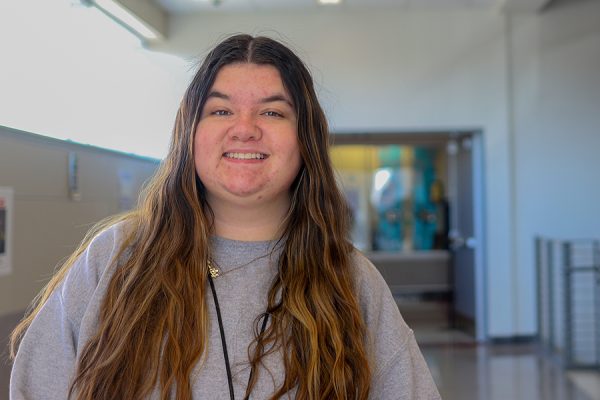Piecing together perplexing puzzles
Math teacher Teresa Chiles showcases unusual hobby in classroom
After nearly a month’s worth of time spent on a two thousand piece puzzle, the final piece slides smoothly into its place. At long last, all her efforts have been made worthwhile. She leans back, pausing to admire the completed puzzle.
Finished at last.
Math teacher Teresa Chiles has loved puzzles since she was a child, always admiring the challenge they bring to her mind. She enjoys the problem-solving skills that her hobby encourages. These skills she developed through her hobby have followed her throughout her life.
“Since [I was] a child, my mother had always encouraged [my siblings and me] to do jigsaw puzzles,” Chiles said. “We would get presents at Christmas or birthdays, but she would always include some type of puzzle. Like games that had a purpose to them or different kinds of puzzle things for us to play with that were also brain activities. Whether she did all of it on purpose [or not], I now like solving puzzles. I like trying to find solutions for dilemmas and things like that.”
Chiles has chosen to decorate her classroom with puzzles she has completed. By doing this, she is able to display her hobby for all to see and add character to her room. Before hanging them, she glues the pieces together, places the completed work of art in a picture frame and hangs the frame on her wall. The decorations help Chiles’ room match her personality.
“Normally, a teacher would just go out and buy motivational posters or subject-related posters to decorate their room,” junior Garrett Hicks said. “But Mrs. Chiles has chosen to have her room say something about her and her interests.”
Solving puzzles is an activity for people of all ages and skill levels. Those who engage in problem-solving activities, such as puzzles, strengthen their brains and develop advantageous critical thinking abilities.
“I don’t think it takes much skill at all,” Chiles said. “From when my grandkids were itty bitty, I’ve done puzzles with them. It ranges from simple ones, like putting shapes together, to 10 and 20 piece puzzles. You can start that from a very early age to start that skill of problem solving and analyzing thought processes that help them [as they] develop. It doesn’t take any special skill; not getting frustrated [is important, though].”
Students who enjoy math find puzzle solving to be a method of adding another reason to love the subject. The puzzles create a more enjoyable math-related activity than simply solving an equation.
“[The puzzles] add meaning to math,” senior Maria Tores said. “People would [normally] look at a puzzle and just see a picture, but when you think about it more intensely and look more closely, you see a deeper meaning.”
Chiles also uses the puzzles as a way to incorporate new topics to her class. She enjoys taking a break from the typical math curriculum to talk about the logical-thinking skills involved in puzzle solving as well as math. Tying curriculum with her hobbies is something that makes class with Chiles unique.
“I [think the puzzles add to my room] because it gives me an avenue to talk about something different besides math problems,” Chiles said. “Some of them don’t have anything to do with calculations; one has to do with letters in the alphabet. That doesn’t have anything to do with math, but it makes [the students] think. I can talk about something we wouldn’t normally do in class. I like using it as an avenue to open the door to another conversation in the classroom.”



